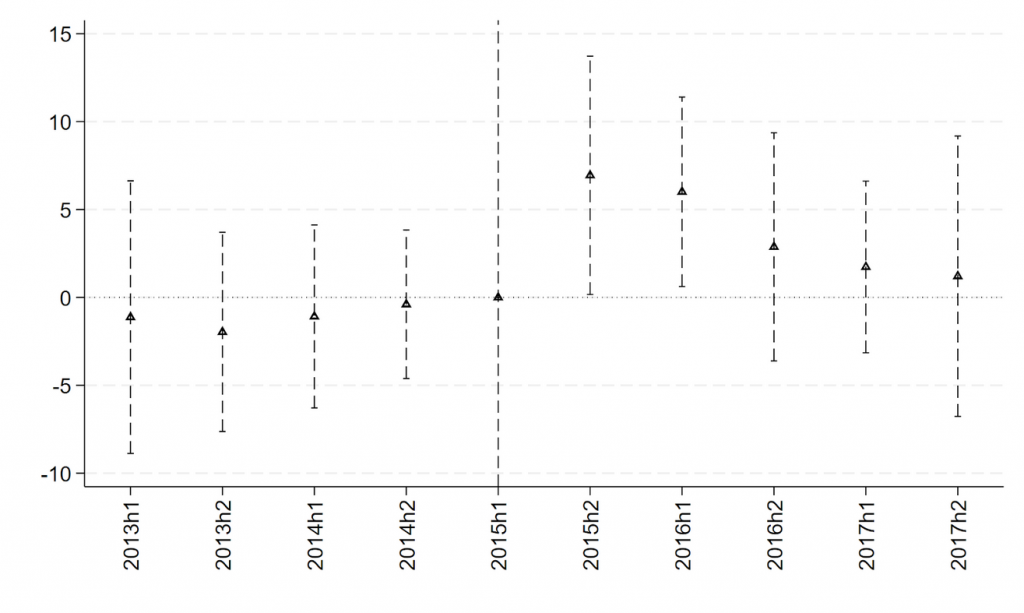Fabrizio Core
Review of Finance, Volume 28, Issue 4, July 2024, Pages 1383–1418, https://doi.org/10.1093/rof/rfae014
This paper documents the existence of an intensive margin of the gender gap in innovative entrepreneurship in Italy. I document that, compared to men, not only do fewer women select into innovative entrepreneurship, but those who do hold less equity, make smaller investments, and are less likely to assume executive roles.
Leveraging the context of emergency contraception deregulation in Italy and varying abortion service accessibility, I find that mitigating maternity risk narrows these gaps. I exploit the deregulation of emergency contraceptive pills (ECPs) in Italy in May 2015 as a natural experiment. The deregulation allowed women to buy ECPs in pharmacies over-the-counter (OTC), removing the need to obtain a prescription from a doctor and making it easier for women to avoid unplanned pregnancies. I exploit differences in women’s access to abortion at the local level for variation in exposure to the shock. In fact, even if abortion has been legal in Italy since 1978, the number of abortion providers throughout the country depends on the density of conscientious objectors (COs) gynecologists in local public hospitals, who are gynecologists who refuse to perform abortions on the basis of moral or religious grounds.
I compare entrepreneurial outcomes of women across municipalities differing in the ease of accessing abortion services before and after the deregulation of ECPs. Post-2015, following increased accessibility of ECPs, the average female founder younger than 35 holds 23% more equity in her innovative start-up, and becomes 72% more likely to be the main owner, and twice as likely to be the executive. These results are concentrated among women living in areas with worse access to subsidized public daycare and that experience a more substantial rise in female political representation at the local level post-ECP deregulation. This suggests that improved access to reproductive care not only reduces the risk of costly unplanned pregnancies, such as increased childcare expenses, but also enhances female empowerment. Through these mechanisms, it enables female founders under 35 to undertake more substantial financial risks and higher-level managerial positions, thereby contributing to the mitigation of the intensive gender gap.
Lastly, I study whether firms with more equity held by women aged 35 or younger and founded after ECPs became available OTC perform differently from those founded before. Unconditionally, a 10\% increase in female-owned equity at founding correlates with a 15% reduction in the likelihood of attracting venture capital and a 0.6% decrease in venture size. However, for firms established post-deregulation, a 10% increase of female-owned equity at inception is linked to a 16\% higher chance of securing a venture capital investment within three years, alongside a 13\% increase in the likelihood of financial distress in the first year. The results suggest that, when experiencing lower maternity risk, women engage in entrepreneurial firms that are riskier but also have more upside potential, and are more appealing to institutional investors.
